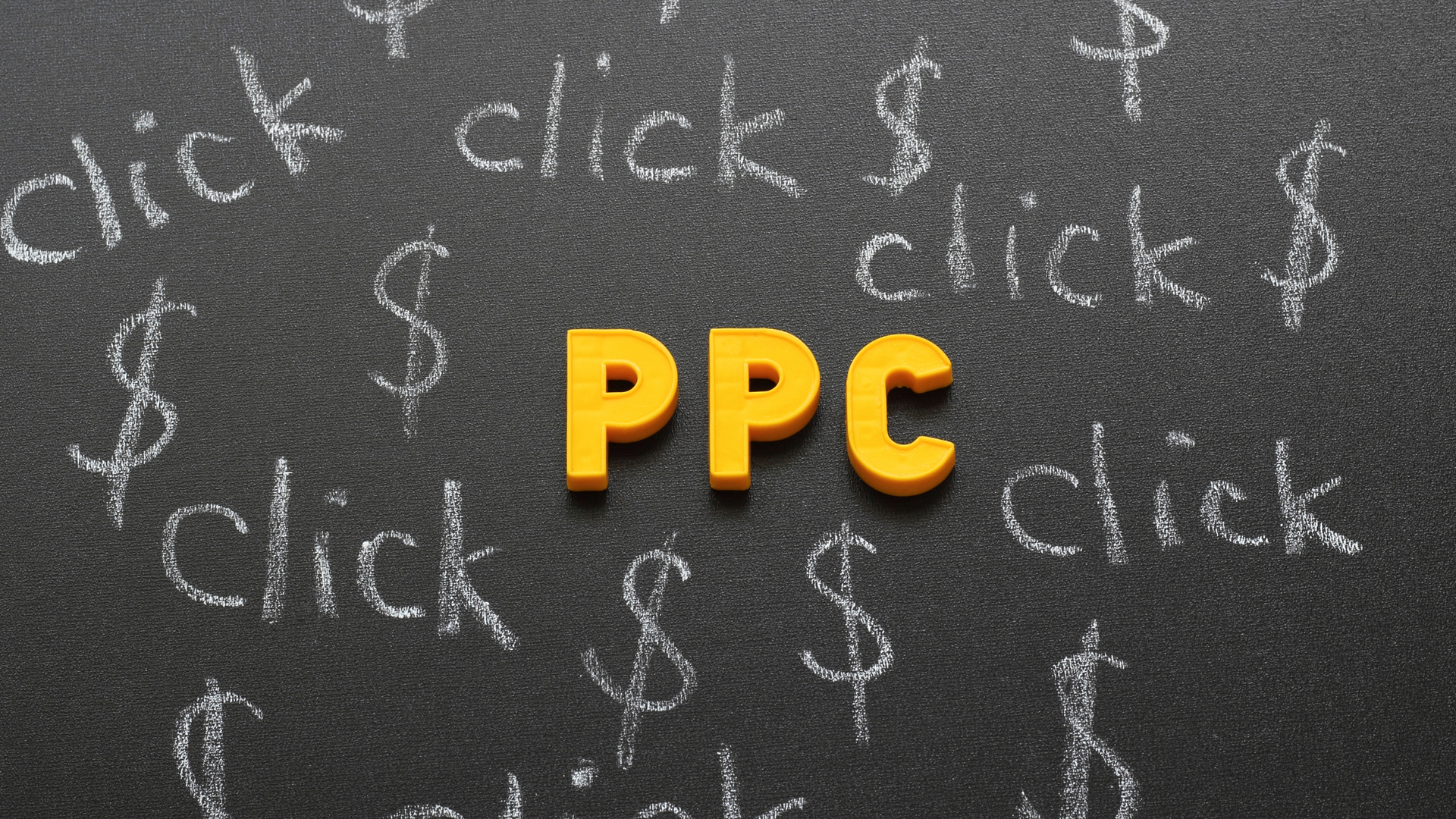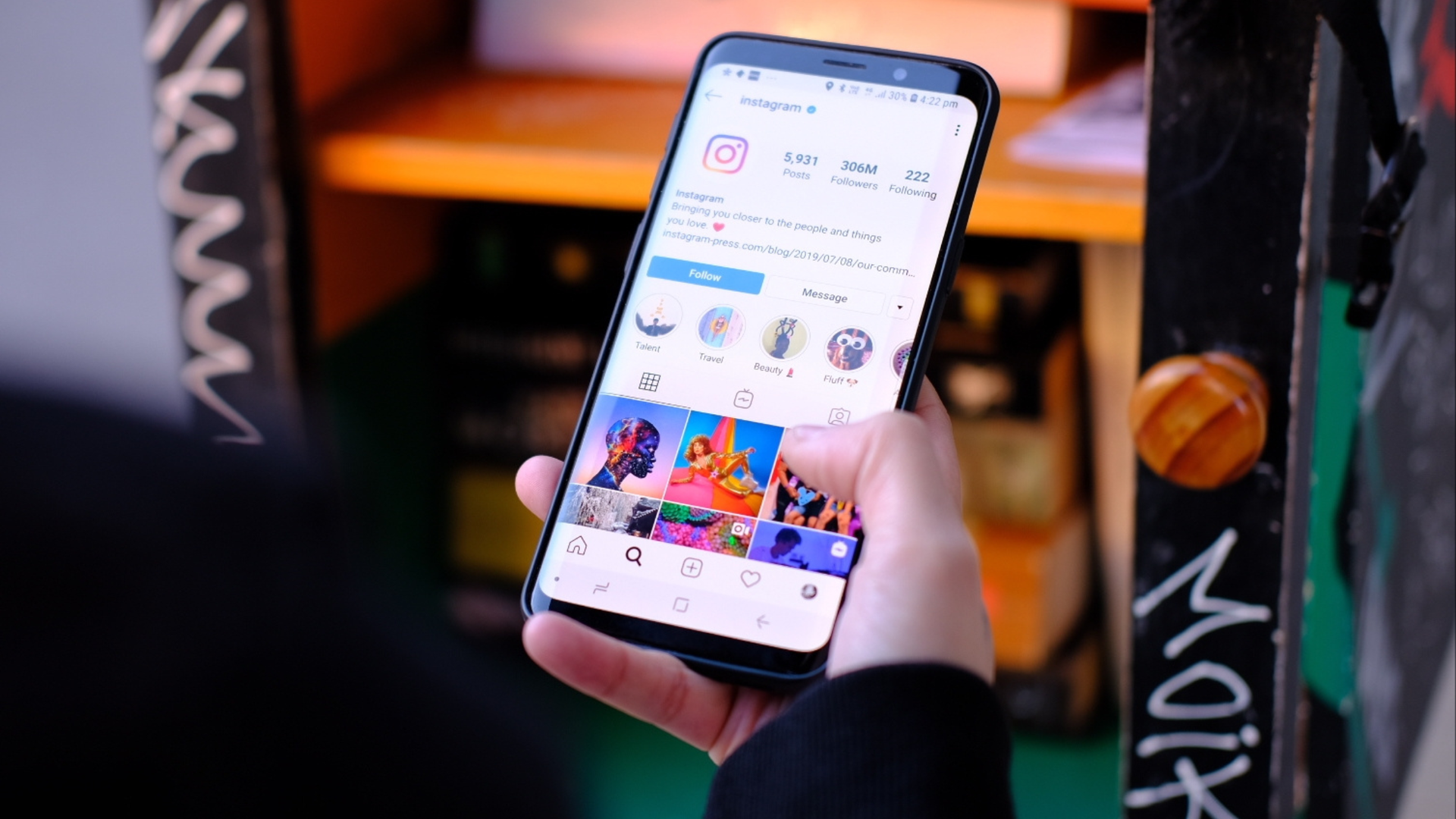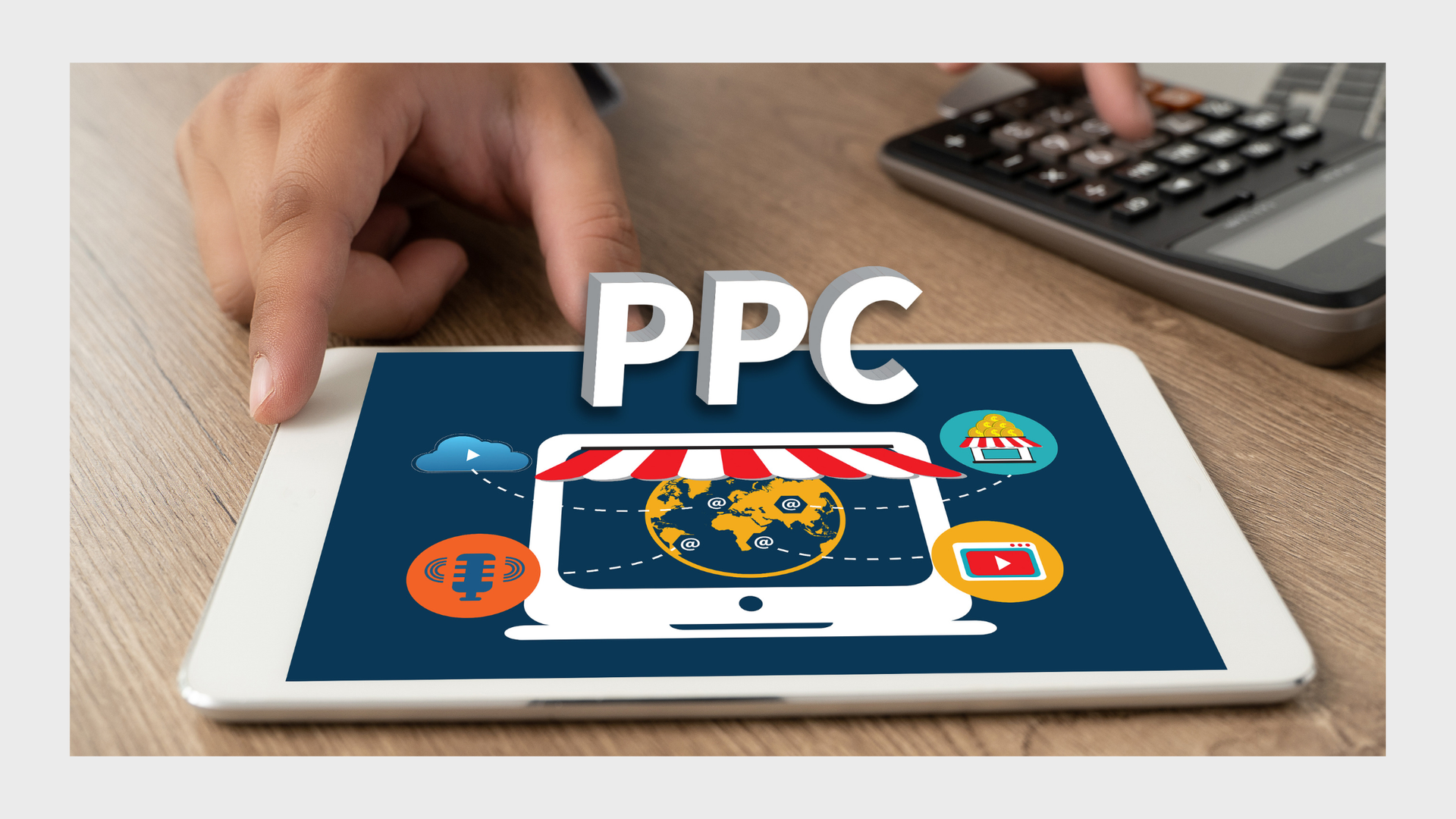How to Blog with SEO: Tips and Tricks to Rank Higher
Blogging is an effective way to share your ideas, knowledge, and expertise with the world. However, more than creating relevant content is needed to get your blog noticed in today's crowded digital landscape. You need to optimise your new blog post for search engines to rank higher and attract more traffic to your website.
Search engine optimisation (SEO) is the practice of optimising your website or blog for search engines like Google. It involves various techniques such as keyword research, on-page optimisation, and link building to improve your website's visibility in search engine results pages (SERPs).
In this blog post, we will discuss some blog SEO tips and tricks to help your blog rank higher in search engine results.

Understand The Users Search Intent
Understanding users' search intent is crucial for creating effective blog content. Search intent refers to the reason behind a user's search query and the specific information they are looking for. By understanding users' search intent, you can create content tailored to their needs and interests, leading to higher engagement, better user experience, and better search engine rankings.
Perform Keyword Research
Keyword research is the foundation of SEO. It involves identifying your target audience's keywords and phrases to search for information online. By incorporating these keywords into your blog posts, you can improve your chances of ranking higher in search engine results for those keywords.
Start by brainstorming a list of topics related to your niche. Then, use a keyword research tool such as Google Keyword Planner or other software available to find relevant keywords and phrases that people are searching for. Look for keywords with high search volume and low competition to maximise your chances of ranking higher in search engine results.

Optimise Your Blog Posts
Once you have identified your target keywords, it's time to optimise your blog posts for those keywords. On-page optimisation involves various techniques, such as optimising your blog post title tag, meta description, header tags, and content to improve your chances of ranking higher in search engine results.
Start by incorporating your focus keyword into your blog post's title tag and meta description. The blog title tag and meta descriptions are the first things people see in search engine results, so they must be compelling and relevant to your target audience.
Next, use header tags (H1, H2, H3, etc.) to break up your content into smaller, more readable sections. Use your target keyword in at least one of your header tags to help search engines understand the main topic of your blog post.
Finally, optimise your content by incorporating your target keyword throughout your blog post. However, avoid keyword stuffing or overusing your target keyword, as this can hurt your SEO efforts and make your content sound unnatural.
Internal and External Links
Internal links and external links are two essential components of writing optimised SEO blog content. Internal linking involves linking to other pages on your website, while external linking involves linking to other websites. Internal linking helps search engines understand the structure of your website and the relationships between your content. It also helps visitors navigate your website and discover related content.
External linking, on the other hand, helps search engines understand the relevance and authority of your content. By linking to high-quality external sources, you can show search engines that your content is valuable and trustworthy. However, ensuring that your external links are relevant and add value to your content is important. Avoid linking to low-quality or spammy websites, as this can hurt your SEO efforts and damage your website's reputation.

Build Quality Backlinks
Backlinks are an essential part of an SEO-friendly blog post. They are links from other websites to your website or blog, which indicate to search engines that your content is valuable and relevant to your target audience.
To build quality backlinks, start by creating high-quality content that people will want to link to. Then, reach out to other bloggers and website owners in your niche and ask them to link to your content. You can also use guest blogging as a way to build quality backlinks and increase your visibility in search engine results.
Use Social Media to Promote Your Content
Social media is a powerful tool for promoting your blog and driving traffic to your website. By sharing your blog posts on social media, you can increase your reach and attract more visitors to your website.
Start by creating social media profiles for your blog on platforms such as Facebook, Twitter, and LinkedIn. Then, share your blog posts on these platforms and encourage your followers to share them with their networks. You can also use social media advertising to target your ideal audience and drive more traffic to your website.

Monitor Your Blog SEO Performance
Monitoring your SEO performance to ensure your efforts pay off is essential. Check Google Analytics data and Google Search Console to track your website's traffic, search engine rankings, and other key performance metrics.
Pay attention to your website's bounce rate, time on site, and conversion rate to identify areas for improvement. And then, use this data to refine your SEO strategy!
Learn More About How To Optimise Your New Blog Post For Search Engines Today!
Blogging with SEO can help you attract more traffic to your website, increase your visibility in search engine results, and ultimately grow your business. By following the tips and tricks outlined in this blog post, you can optimise your blog for search engines and improve your chances of ranking higher in search engine results.
However, to truly maximise your online presence and reach your target audience, it's essential to incorporate different forms of Digital Marketing and SEO into your marketing strategy. At Social Media Time, we specialise in helping businesses of all sizes harness the power of growing their online presence and achieving their marketing goals.
Whether you need help with SEO, social media management, website design, LinkedIn marketing, or more, our team of experts can provide customised solutions to meet your needs.
So, if you're ready to take your digital marketing efforts to the next level, contact us today to learn more about how we can help you succeed in the digital age.










